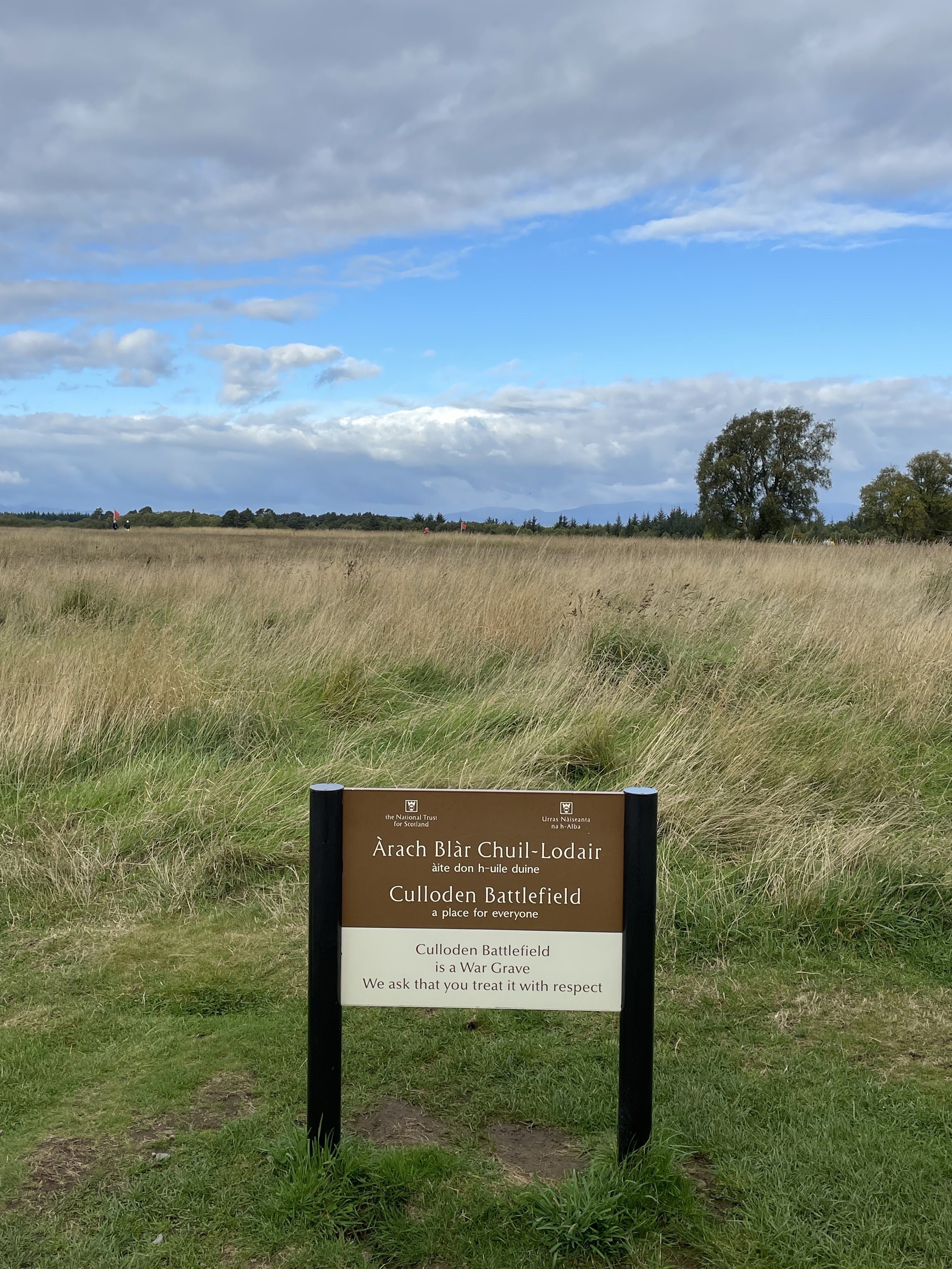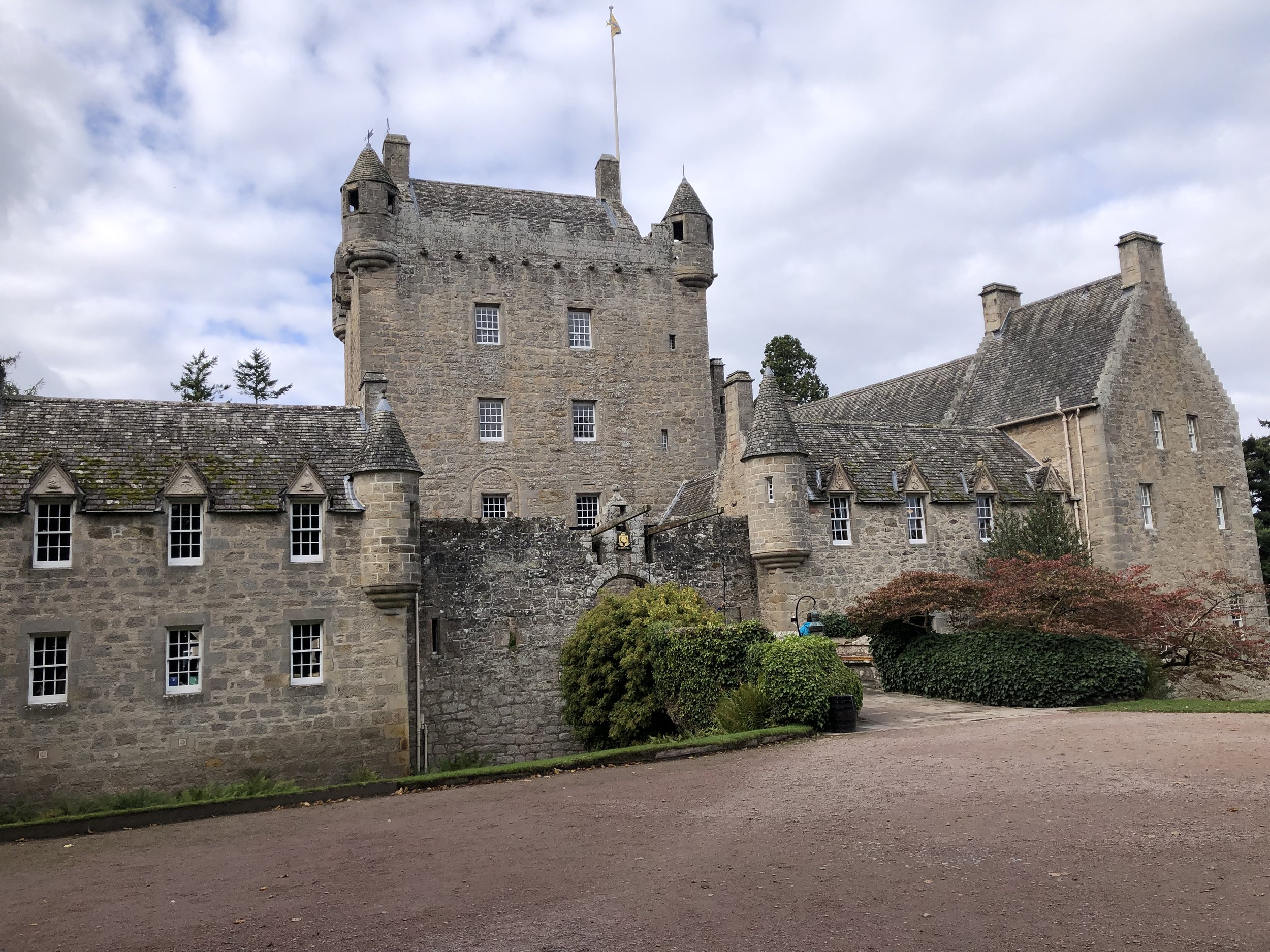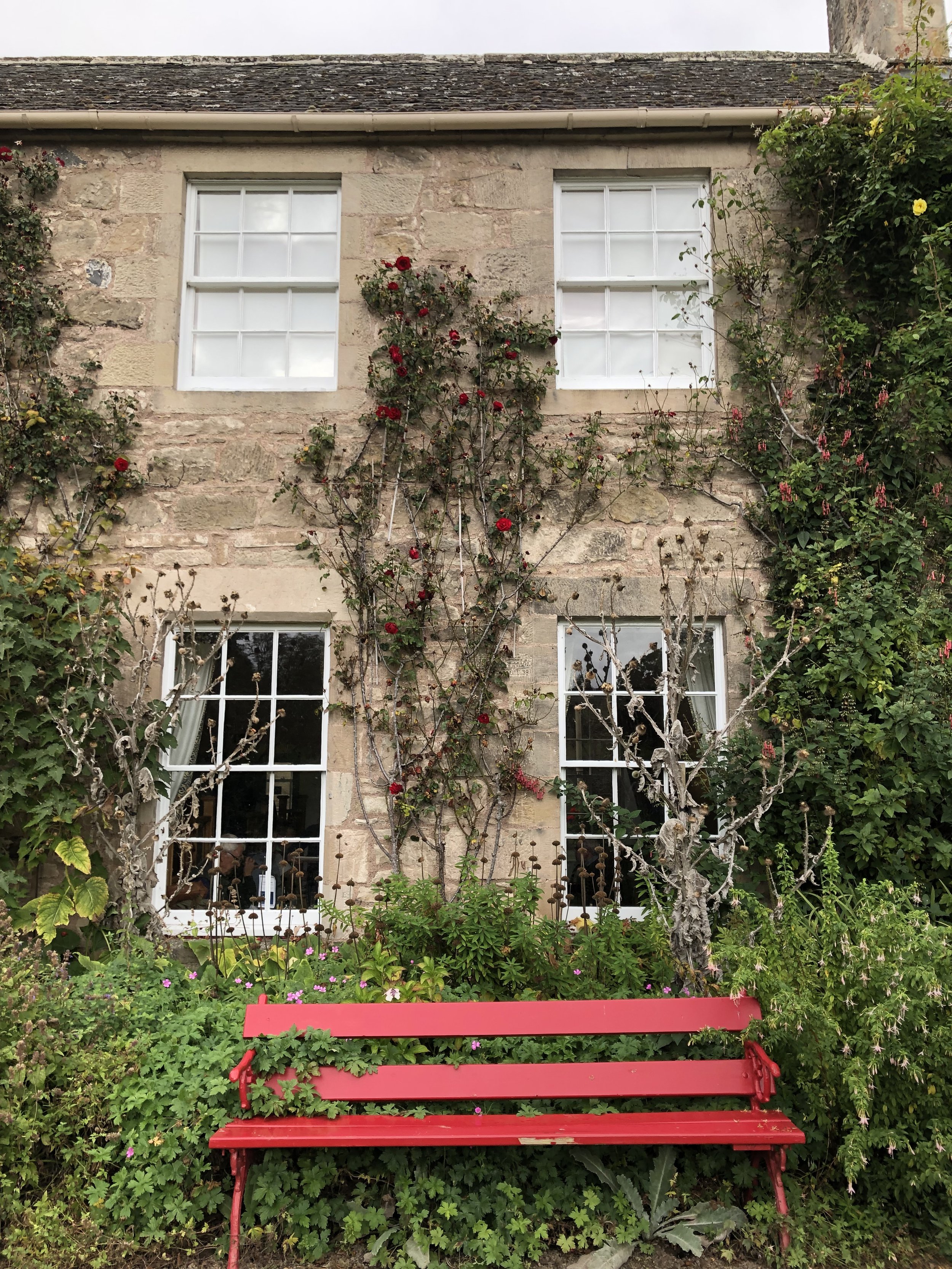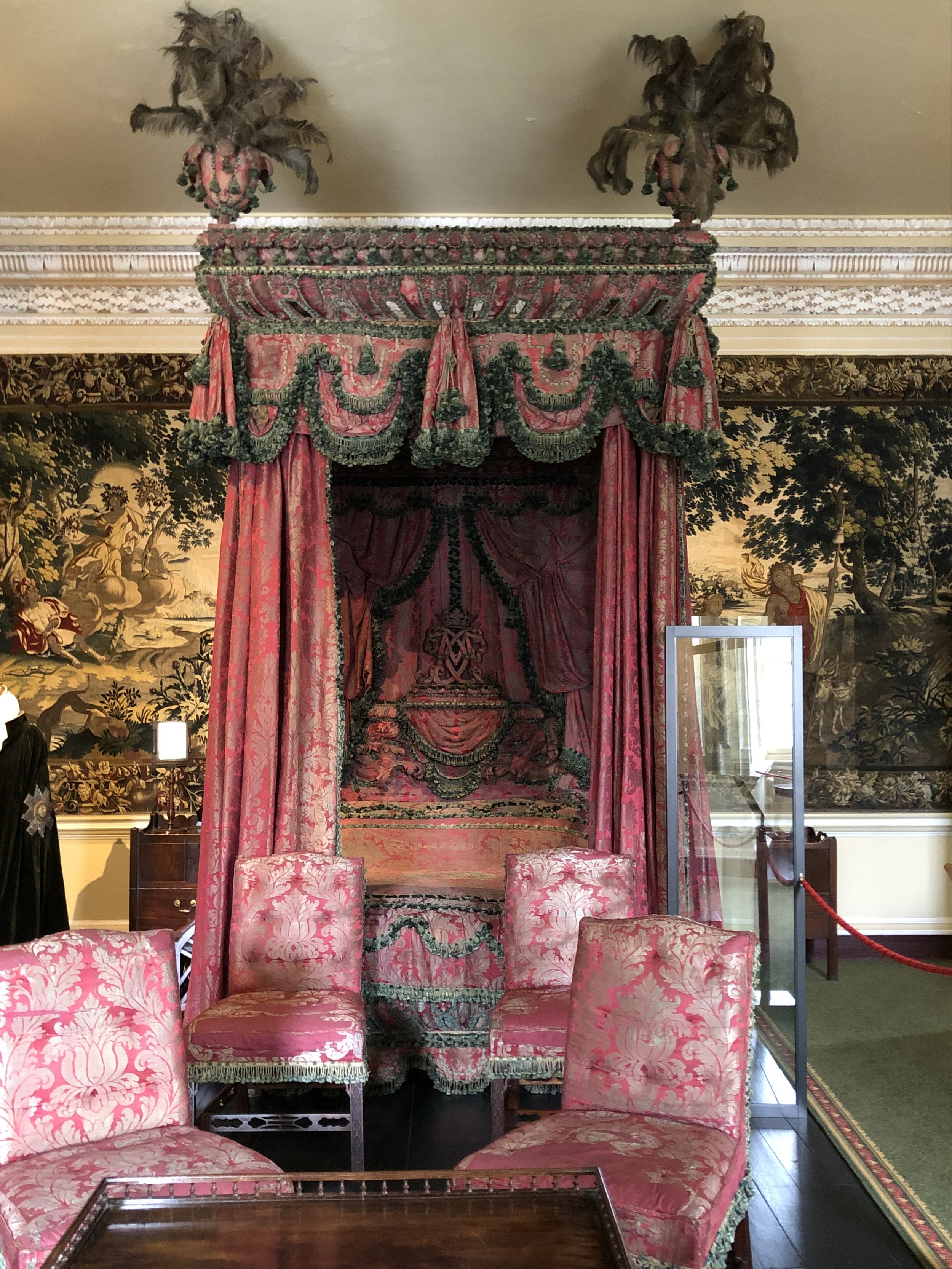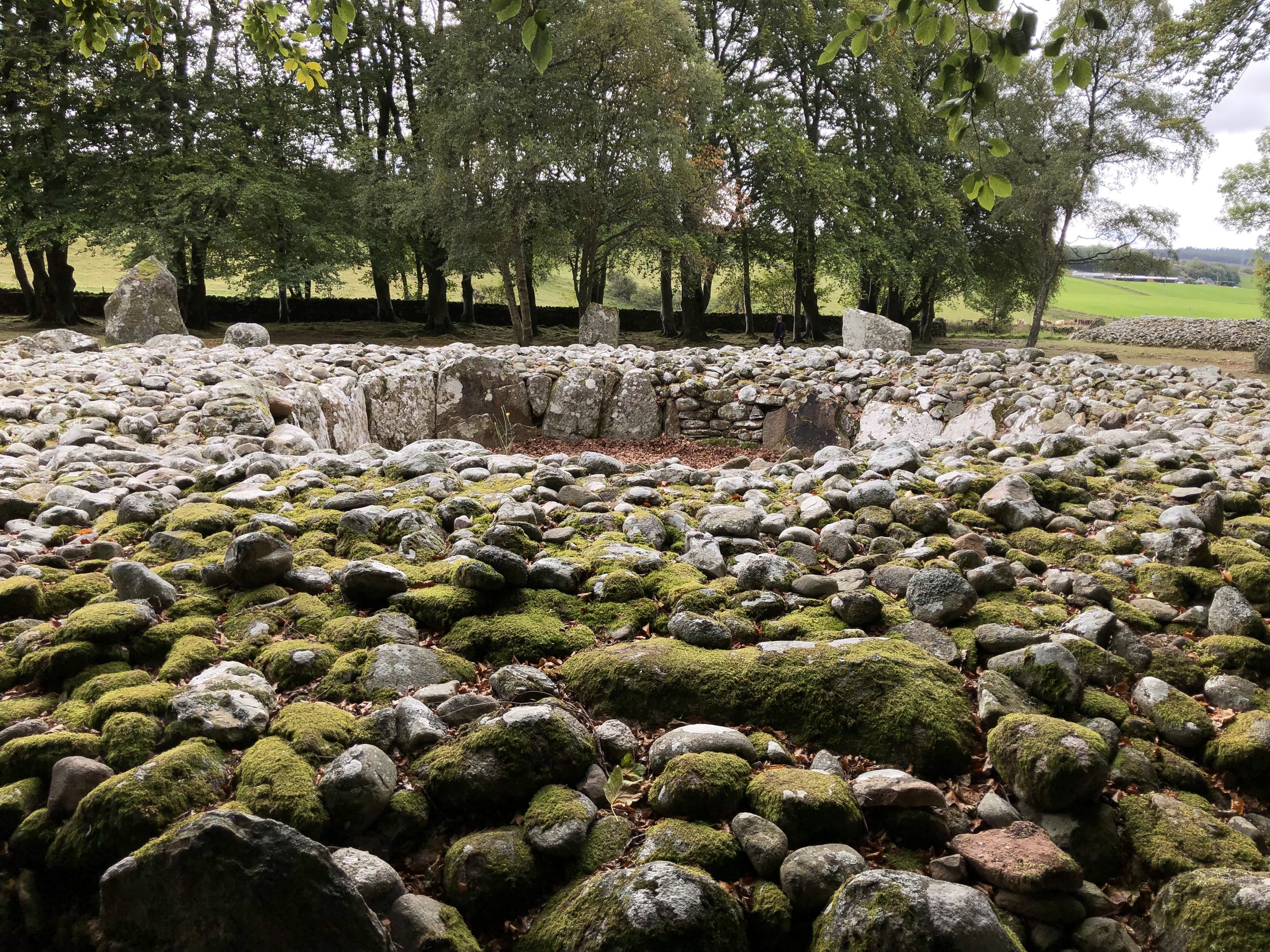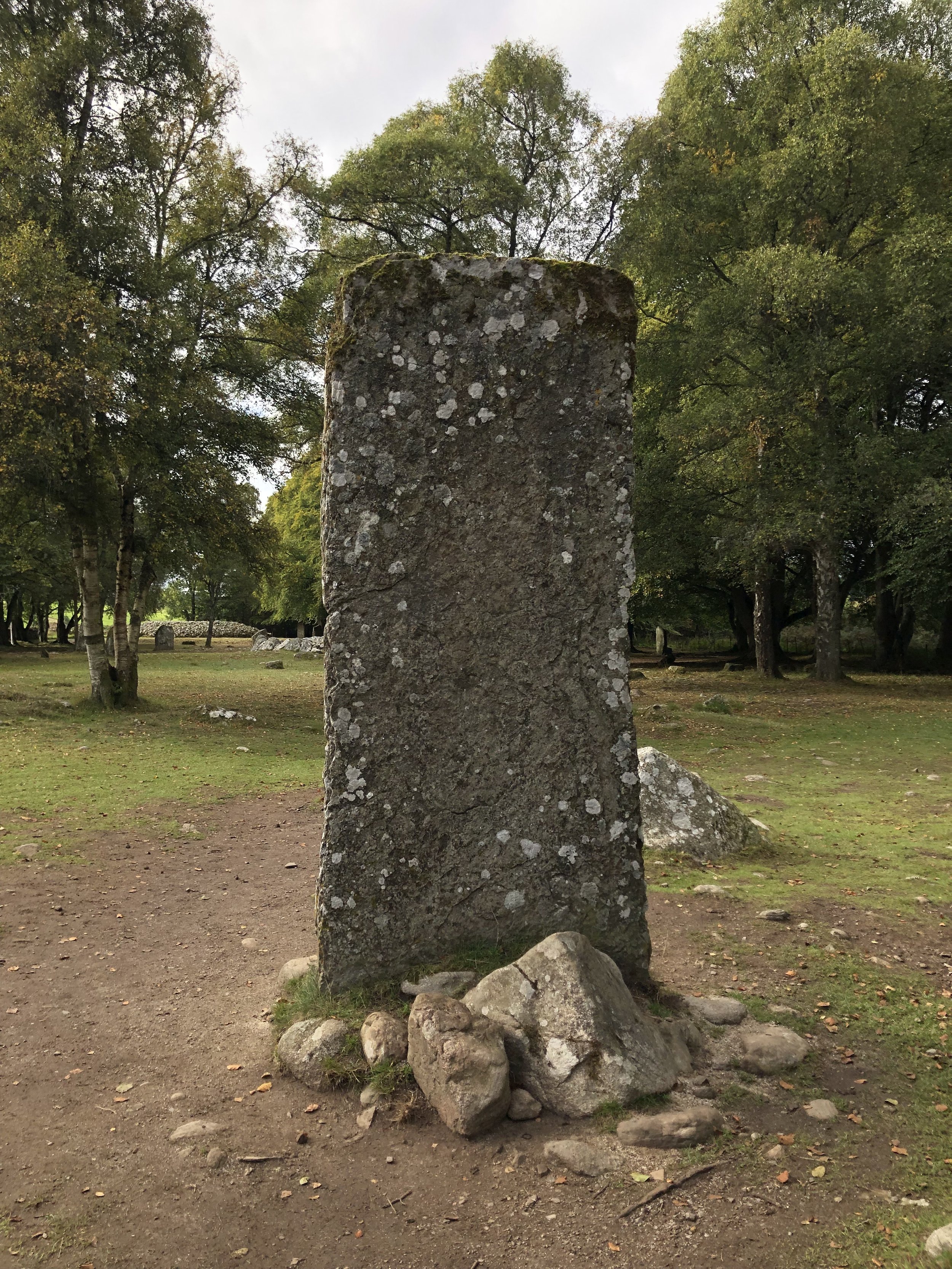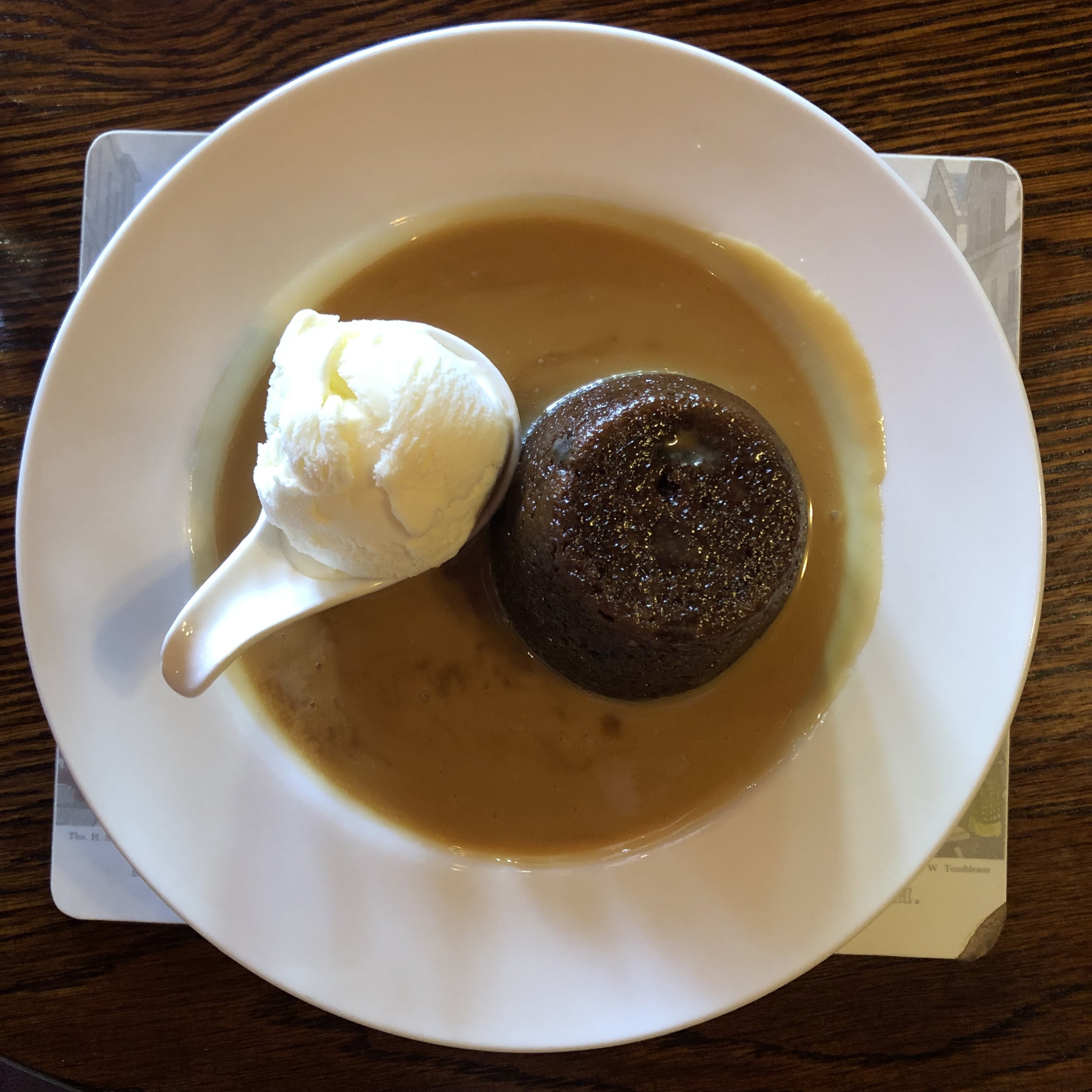This post continues my series on my trip to Scotland in late September.
It was a chilly, drizzly morning when we headed to the Inverness area. Even in the car, I buttoned my raincoat and wished for one of the scarves I’d seen in the gift shops in Edinburgh. We’d be spending much of the day outside, and I hoped I’d be warm enough.
Inverness, the capital of the Highlands, is one of the oldest inhabited areas of Scotland. It has a seaport located on both sides of the Ness River, making it an important and strategic site from its earliest days. Around 1141, King David of Scotland built a stone castle here. Centuries later, In 1652, Oliver Cromwell’s army built a fort, the clock tower of which still stands.
Although there are lots of things to see in and around town, we mainly used Inverness as our home base for two days’ worth of sightseeing in the area.
I’ve heard of Inverness through the years but didn’t know much about it, and apparently, I’ve been mispronouncing it. I put the emphasis on the wrong syllable. Instead of In-VER-ness, like I said it, it’s actually pronounced In-ver-NESS, which sounds so much better especially when spoken by a Scot. Then it just rolls off the tongue.
Before I go much further, it’s important to mention that Scotland’s history is rife with conflict over politics mixed with religion. As an American, I am so grateful that one of the freedoms we have always enjoyed is freedom of religion. In fact, Scottish and Irish and other immigrants came to our shore for a better life, which for many of them included being free to practice Catholicism or Protestantism (or any other belief system). Immigrants searching for this and other freedoms became our ancestors.
And so, my heart was especially touched in Scotland to hear about all of those who lost their lives because what they believed was not in fashion with the current monarch, whether that was the reigning king or queen or one who was exiled. As a Christ-follower, I was also appalled and grieved by the atrocities done to people on both sides of the political and religious aisle. That kind of persecution is antithetical to the love and grace of Christ, yet throughout history, it has happened anyway. But that’s a blog post for another day.
As an American, I also could identify with the Scots who didn’t want to ruled by a king or queen in faraway England instead of a fellow Scot who lived among them and also cared about the culture, the people, and the land.
So, with all of this, I found myself on the side of the rebels of old—the Jacobites—who wanted to bring back the Scottish king from exile. These men and women held out hope for generations until all hope was eventually dashed. And still, they held on. That independent spirit and pride to be a Scot remains, even though now they live peacefully with the British among them.
Again, this is all my perspective, based on my own observations and admittedly, limited, research. I’m certainly no expert, and I’d love to hear from those of you who have also visited or even lived in Scotland to see if you have similar observations.
Culloden Battlefield
Just a few miles east of Inverness lies Culloden Battlefield, the site of the last battle fought on mainland Britain. Having read about the Jacobites before we left home, Mart and I knew we had to include Culloden Battlefield on our itinerary.
Here, in 1746, the exiled Bonnie Prince Charlie (Prince Charles Edward Stuart) and his supporters, many of them Highlanders, were defeated in a bloody battle that ended the Jacobite uprising. With the fight lasting only 40 minutes, the prince’s army lost 1200 men (out of 5,000). The British army lost 310.
The battlefield has been restored to its original state as moorland. You can see the graves of the Highland clans whose men were killed there, a visitor’s center with historical displays that include authentic weapons and uniforms, and an interactive audio-visual presentation.
Culloden is a sobering sight. To me, it’s key in understanding Scotland’s history, culture, and politics. If you plan your own trip there, it’s a place you won’t want to miss.
Cawdor Castle
Also near Inverness, the 14th-century Cawdor Castle features an authentic drawbridge, an ancient tower built around a tree, and fortified walls.
Its gardens, flowers, trees, and lawns soften its cold, hard, stone exterior, while a beautiful collection of art, tapestries, and furniture await visitors inside.
And so does this sumptuously-outfitted centuries-old bed the likes of which I’ve never seen.
Clava Cairns
Speaking of stone, Clava Cairns is a prehistoric, sacred burial site a few minutes away from Culloden Battlefield and about 15 minutes from Inverness.
A cairn is a man-made pile of stones put together for burial or, sometimes, as a marker.
The three burial cairns at Clava Cairns are well-preserved and estimated to be about 4,000 years old. Two of them have a walkway into the central chamber, but the third one is completely enclosed. Each cairn is ringed by standing stones, many of them taller than me.
As strange as the site was, the continual mooing of the cows across the road gave the experience an earthy quality I much appreciated.
Lunch
On most days of our sight-seeing in Scotland, we grabbed simple lunches of soup and sandwiches at whichever cafe was most convenient. Seeing the sights was more important than an elaborate meal.
But on this particular day, we stopped at an “authentic English pub” that had been recommended to us. WE settled into a booth and warmed up with steaming cups of tea. Of course, I had to try the fish and chips, and Mart had a sandwich. We finished the meal with sticky toffee pudding, which is now my new favorite dessert. It was better than chocolate, if you can believe that.



